They may be among the most common words across world languages, but that doesn’t mean there’s just one way to say “yes,” “no,” and “maybe” around the world.
There are different ways to express all three sentiments, especially in Japanese. Here’s our guide.
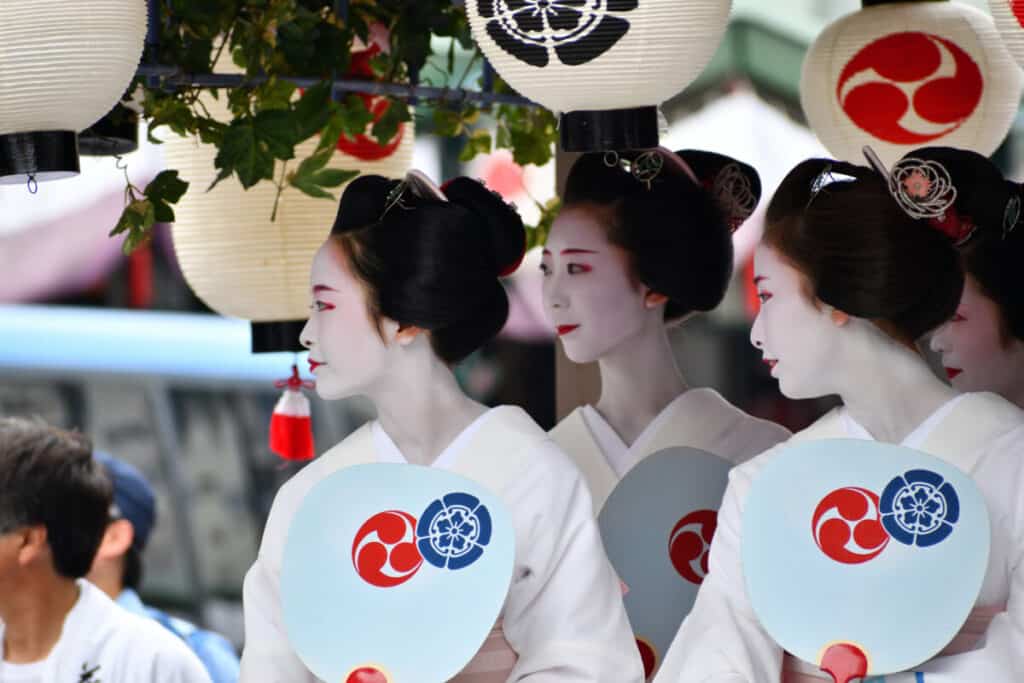
Saying “Yes” in Japanese
There are different subtleties and contexts that play a part in the form of “yes” you use in the Japanese language.
The more straightforward, simple way to reply in the affirmative is “hai,” written as はい.
Then there’s a more formal style: “ha!” written as は!. But if you’re chatting with a close friend, saying “ee” is more appropriate. You can write that response as ええ.
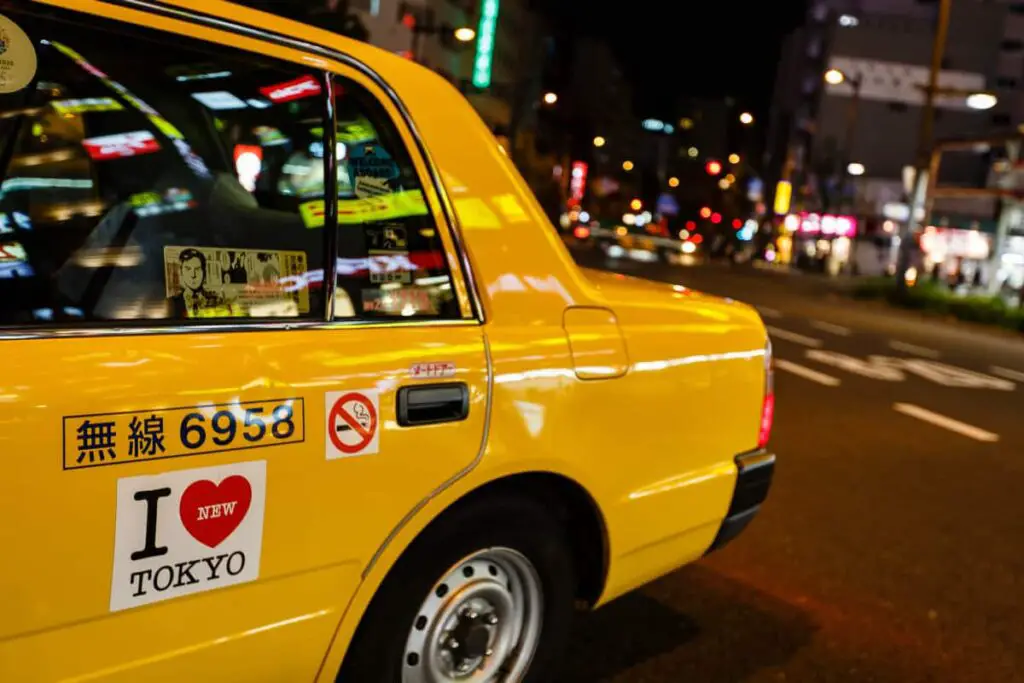
There are also differences depending on the type of conversation you’re having. To formally agree with someone, the form of “yes” to use in Japanese is “wakarimashita,” written as 分かりました. However, there’s an informal way to agree as well: “wakatta,” written as 分かった.
Other ways to express agreement in a statement or approval include “aa” (which indicates more of a “I see” context”; “un” spoken nasally; “sô” or more politely “sô desu” which means “Yes, that’s it.”
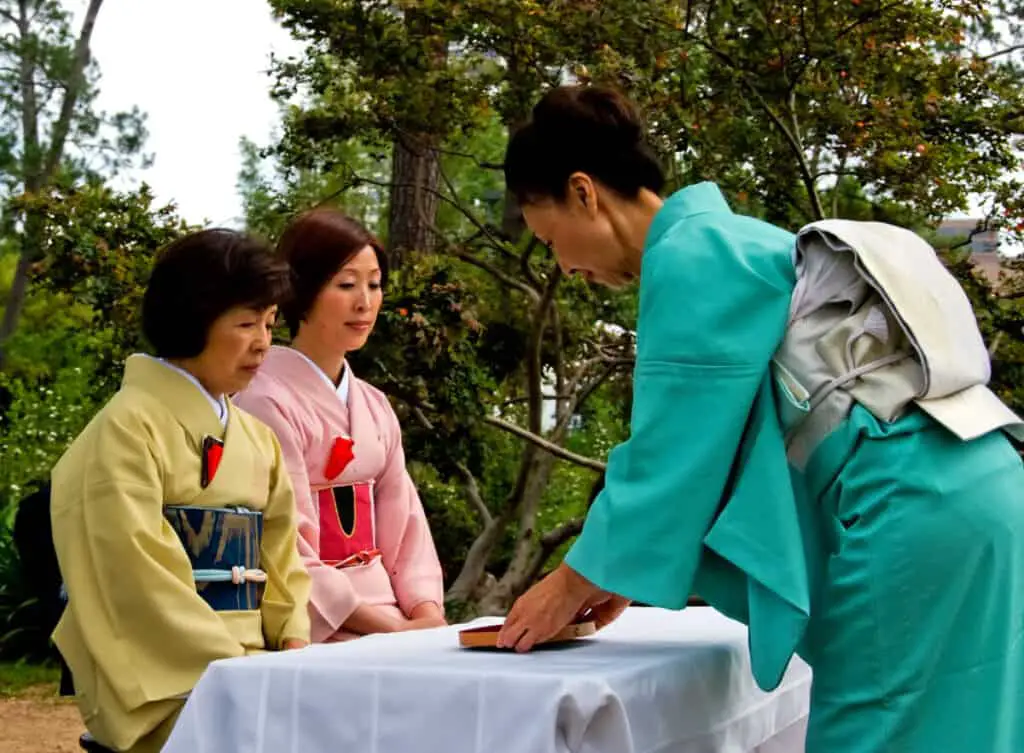
One more “yes” phrase that’s commonplace in Japanese is “dôzo.” You’d use this form of “yes” when you are OK with granting someone’s request. It means “go ahead.”
Saying “No” in Japanese
It’s a bit more complicated when figuring out the best way to indicate “no” in the Japanese language. Informally, such as when you’re talking with a friend, you’d say “iya,” written as いや. In a more formal way, you’d say “iie” to say “no,” which is written as いいえ.
For a more stern and straightforward “no” in Japanese, go with “dame!” Written as だめ!
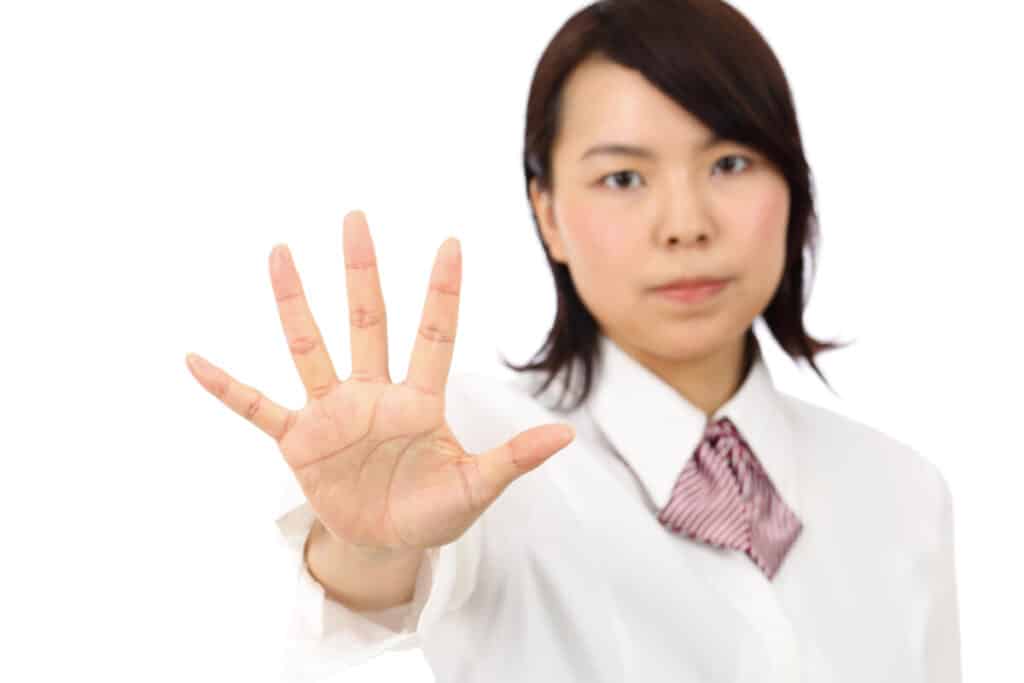
It means “This is forbidden” and is usually accompanied by crossing one’s arms over their body.
That said, straightforward denial is not something that’s typical in Japan; it contradicts the country’s politeness rituals.
Instead of vocalizing a “no,” many Japanese go for a different route, such as bowing, waving their hand down and up, or nodding their head to one side.
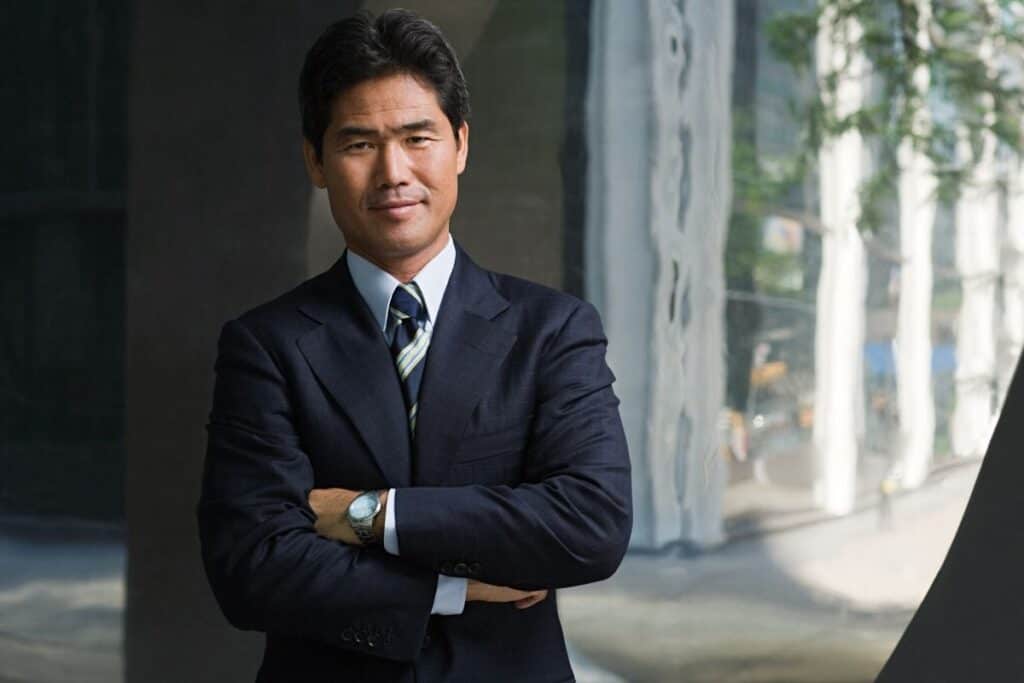
Those movements are usually accompanied by different “no” language subtleties, including saying “kekkô desu” (which means “No, thank you” but actually literally means “this is perfect” “chotto” which indicates “well…”; “muzukashii,” translated as “this is different” (in English, it’s similar to a statement such as, “I’m sorry to say this, but…”); or “sumimasen,” in which you’re apologizing for not granting someone’s request.
Saying “Maybe” in Japanese”
There are a few common ways to say “maybe” in Japanese. The one that you will likely encounter is “tabun,” written as たぶん. It’s more of a straightforward “maybe” or “probably.”
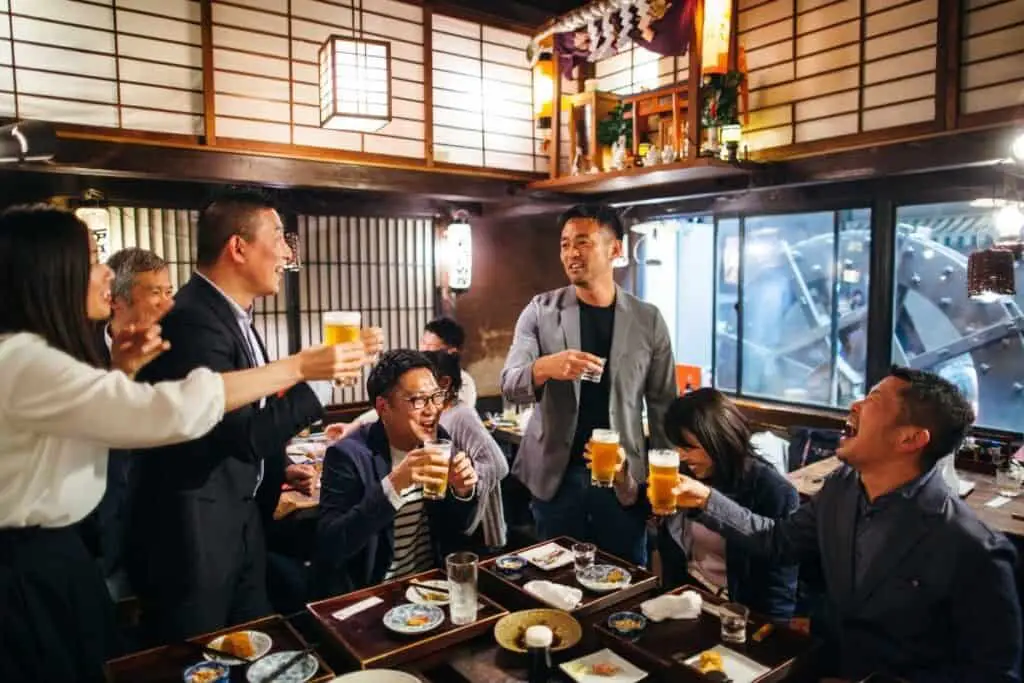
The Best Online Japanese Language Course Japanese Pod101.com
Another form that’s closest to maybe is “ka mo,” which is more often used with a verb than used alone. An example would be using “ka mo” when someone asks if you are going to class. “Iku ka mo” would mean “Maybe (I’ll go).
One interesting variation is “osoraku” written as おそらく. It means “maybe” but always includes some sort of emotion with it, such as “Maybe I will see my sister tonight.”










